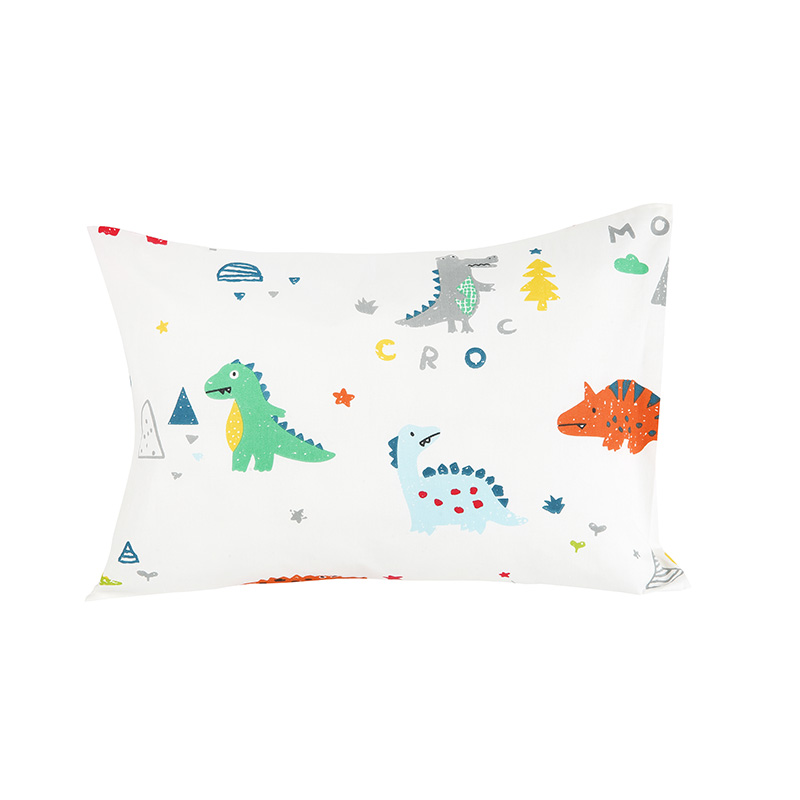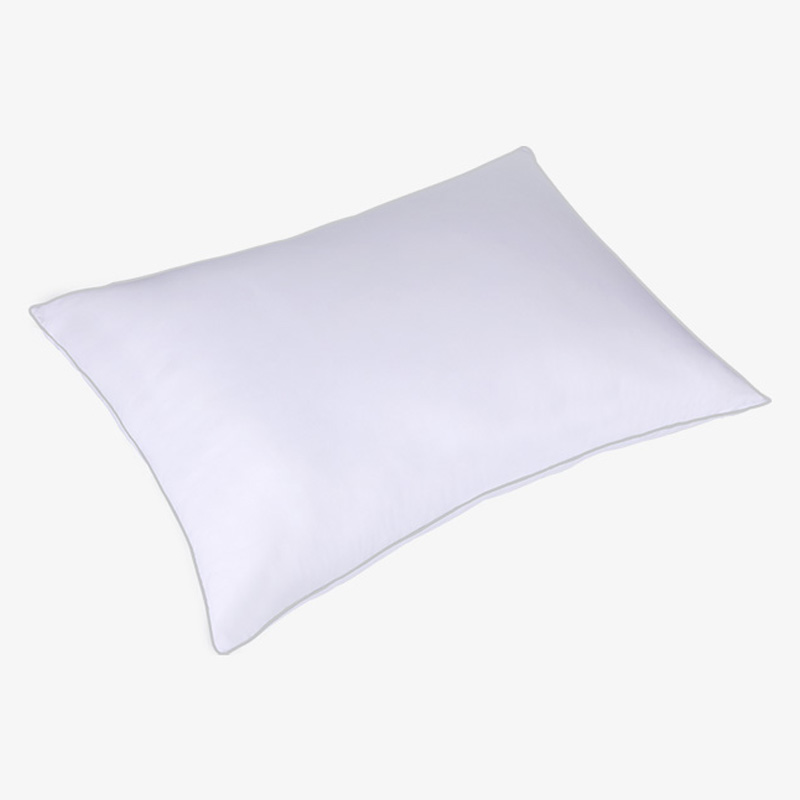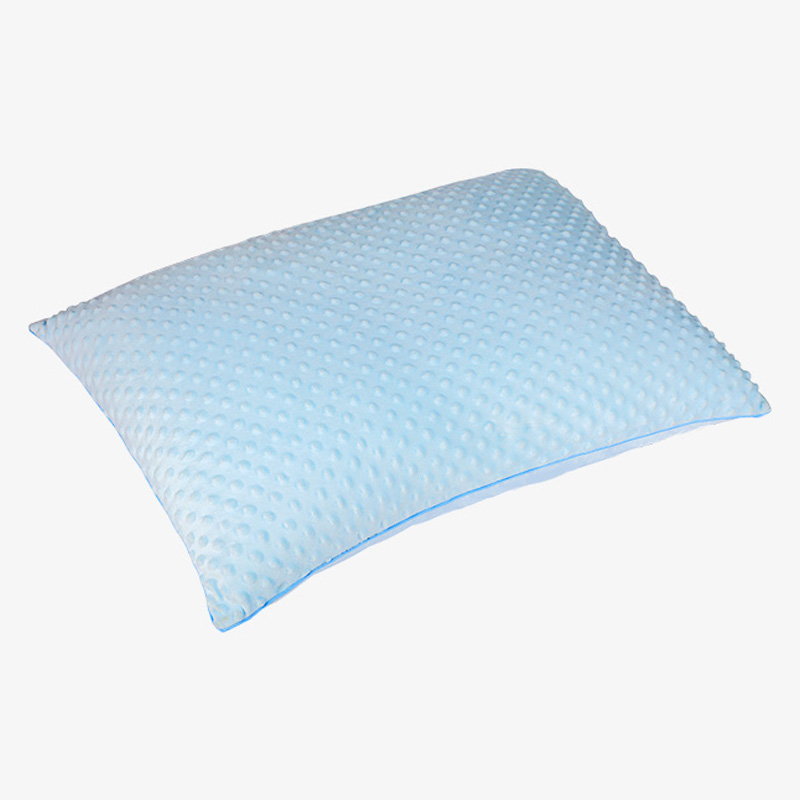I. Introduction: Why Baby & Kids Bedding Matters?
When it comes to creating a safe and comfortable environment for children, Baby & Kids Bedding plays a crucial role. Bedding is not just about aesthetics; it directly affects a child’s sleep quality, safety, and overall well-being. Babies and young children spend a significant amount of time in their cribs or beds, which makes the choice of bedding materials and designs an important consideration for every parent or caregiver.
High-quality Baby & Kids Bedding ensures that the sleeping environment is soft, breathable, and free from harmful chemicals. Proper bedding can help regulate temperature, reduce the risk of allergies, and create a cozy atmosphere that promotes restful sleep. Sleep, in turn, is essential for growth, brain development, and emotional stability in young children.
In addition to safety and comfort, bedding also contributes to the overall aesthetic of a nursery or child’s room. Coordinated colors, textures, and patterns can make the space visually pleasing while creating a sense of security and familiarity for the child. Choosing appropriate bedding that balances both style and functionality is therefore a key step in designing a healthy sleeping environment.
Throughout this article, we will explore different types of Baby & Kids Bedding, highlight essential features to consider, provide safety and maintenance tips, and offer guidance on how to select the best bedding for your child’s needs. By understanding the importance of these factors, parents can make informed decisions that enhance both comfort and safety for their children.
II. Types of Baby & Kids Bedding
There are various categories of Baby & Kids Bedding, each designed for different needs, seasons, and age groups. Understanding these types helps parents choose the most suitable combination for their child’s sleep environment.
1. Crib Sheets
Crib sheets are the foundation of any baby bedding setup. They cover the mattress directly and should fit snugly to ensure safety. Elastic edges help the sheet stay in place, reducing the risk of loose fabric that could cause suffocation. The best crib sheets are made from breathable, hypoallergenic materials like cotton or muslin.
2. Swaddle Blankets
Swaddle blankets are used primarily for infants. They provide a sense of security, mimicking the feeling of being in the womb. Swaddles help calm babies and promote better sleep, but parents should stop using them once the baby starts rolling over. Muslin swaddles are ideal due to their lightweight and breathable texture.
3. Baby Quilts and Comforters
Baby quilts and comforters offer warmth and comfort for older infants and toddlers. They come in different thickness levels and materials, allowing parents to adjust based on the season. Quilts should not be used in cribs for very young babies due to suffocation risks but can be suitable for toddlers who have transitioned to beds.
4. Mattress Protectors
Mattress protectors create a waterproof barrier between the mattress and bedding, protecting against leaks and spills. They help extend mattress life and maintain hygiene. Breathable, soft protectors are ideal as they prevent moisture without causing heat buildup.
5. Toddler Bedding Sets
For toddlers, bedding sets often include fitted sheets, small comforters, and pillowcases. The designs are more colorful and thematic, appealing to children’s interests. Materials like cotton and bamboo blends offer softness and durability.
Comparison Table: Common Types of Baby & Kids Bedding
| Bedding Type | Recommended Age | Material | Primary Function | Safety Level |
|---|---|---|---|---|
| Crib Sheets | 0–3 years | Organic cotton, muslin | Covers mattress, provides comfort | High (when fitted properly) |
| Swaddle Blankets | 0–6 months | Muslin, cotton blend | Promotes security and warmth | High (used correctly) |
| Baby Quilts | 1–3 years | Soft cotton, polyester fill | Provides warmth | Medium (avoid for infants) |
| Mattress Protectors | All ages | Waterproof cotton, TPU lining | Prevents leaks, maintains hygiene | High |
| Toddler Bedding Set | 2–6 years | Cotton, bamboo | Comfort and decor | High |
III. Key Features to Look for in Baby & Kids Bedding
When selecting Baby & Kids Bedding, parents should focus on specific features that directly affect comfort, safety, and durability. Understanding these aspects helps ensure that the bedding supports healthy sleep and long-term use.
1. Breathability and Comfort
The most essential characteristic is breathability. Bedding should allow proper air circulation to prevent overheating, especially for infants. Lightweight fabrics like cotton, muslin, and bamboo blends are ideal for maintaining a balanced temperature.
2. Hypoallergenic Properties
Children’s skin is highly sensitive, making hypoallergenic materials essential. Look for bedding that resists dust mites and allergens while being free of chemicals and dyes.
3. Durability and Easy Maintenance
Since bedding must be washed frequently, durability is vital. Choose fabrics that retain softness and shape after multiple washes.
Comparison Table: Material Characteristics
| Material | Breathability | Hypoallergenic | Durability | Ease of Cleaning |
|---|---|---|---|---|
| Organic Cotton | Excellent | Yes | High | Easy |
| Muslin | Excellent | Yes | Moderate | Easy |
| Bamboo | High | Yes | High | Moderate |
| Polyester Blend | Medium | No | High | Easy |
IV. Safety Tips for Baby & Kids Bedding
Ensuring the safety of Baby & Kids Bedding is essential to protect infants and young children from hazards while promoting healthy sleep. Bedding choices can significantly impact a child’s safety, and caregivers must pay attention to materials, design, and usage practices.
Comparison Table: Safe vs Unsafe Baby Bedding Practices
| Aspect | Safe Practice | Unsafe Practice | Impact on Child Safety |
|---|---|---|---|
| Sheet Fit | Snug crib sheet with elastic corners | Loose or oversized sheet | Prevents suffocation and entanglement |
| Blanket Use | Lightweight blanket or sleep sack | Heavy quilts or multiple blankets | Reduces risk of overheating |
| Material Choice | Organic cotton, muslin, hypoallergenic | Synthetic fabrics with harsh chemicals | Minimizes allergic reactions |
V. Maintenance and Care Tips
Proper maintenance and care of Baby & Kids Bedding are essential to ensure longevity, hygiene, and safety. Children’s bedding is exposed to frequent spills, stains, and allergens, so understanding how to care for each type of bedding can help maintain its softness, durability, and cleanliness.
Comparison Table: Maintenance Practices
| Bedding Type | Washing Frequency | Water Temperature | Drying Method | Softening Tips |
|---|---|---|---|---|
| Organic Cotton Crib Sheets | Weekly | Cold or lukewarm | Low-heat tumble or air dry | Pre-wash and gentle softener if needed |
| Muslin Swaddle Blankets | After each use | Cold | Air dry recommended | Pre-wash to prevent shrinkage |
VI. How to Choose the Right Baby & Kids Bedding
Selecting the right Baby & Kids Bedding requires careful consideration of safety, comfort, material, design, and maintenance. Each child has unique needs based on age, sleeping habits, and sensitivities.
Comparison Table: Choosing Baby & Kids Bedding Based on Key Factors
| Factor | Infants | Toddlers | Older Children |
|---|---|---|---|
| Material | Organic cotton, muslin | Lightweight cotton | Cotton blends, bamboo |
| Safety Features | Snug fit, no pillows | Wearable blankets | Soft fabrics, secure pillows |
VII. Conclusion: Why Investing in Quality Baby & Kids Bedding is Worth It
Choosing the right Baby & Kids Bedding is not merely about design—it’s an investment in your child’s comfort, safety, and health. Quality bedding influences sleep quality, supports growth, and enhances emotional well-being.
Comparison Table: Quality vs. Low-Quality Baby & Kids Bedding
| Feature | High-Quality Bedding | Low-Quality Bedding | Long-Term Effect |
|---|---|---|---|
| Material | Organic cotton, bamboo | Synthetic fibers | Soft and safe vs irritant |
| Durability | Long-lasting | Wears out fast | Fewer replacements needed |
VIII. FAQ Section
1. What Is the Safest Bedding Material for Babies and Kids?
Natural, breathable, and hypoallergenic fabrics like cotton, bamboo, and muslin are safest. Avoid synthetic materials with harsh dyes.
2. How Often Should Baby & Kids Bedding Be Washed?
| Bedding Type | Recommended Washing Frequency | Notes |
|---|---|---|
| Crib Sheets | Once or twice a week | Wash more often if needed |
| Blankets | Every 1–2 weeks | Spot clean between washes |
3. Can Babies and Kids Use Pillows or Blankets?
- Infants (0–12 months): No pillows or heavy blankets.
- Toddlers (1–3 years): Light blankets are okay.
- Children (4+ years): Full bedding sets are safe.



 En
En  Français
Français Deutsch
Deutsch عربى
عربى








 +86-18268324012
+86-18268324012 +86-573-88798908
+86-573-88798908 Iris@zjmkn.com
Iris@zjmkn.com 233 Huashi East Road, Wuzhen Town, Tongxiang City, Jiaxing, Zhejiang Province, China
233 Huashi East Road, Wuzhen Town, Tongxiang City, Jiaxing, Zhejiang Province, China
